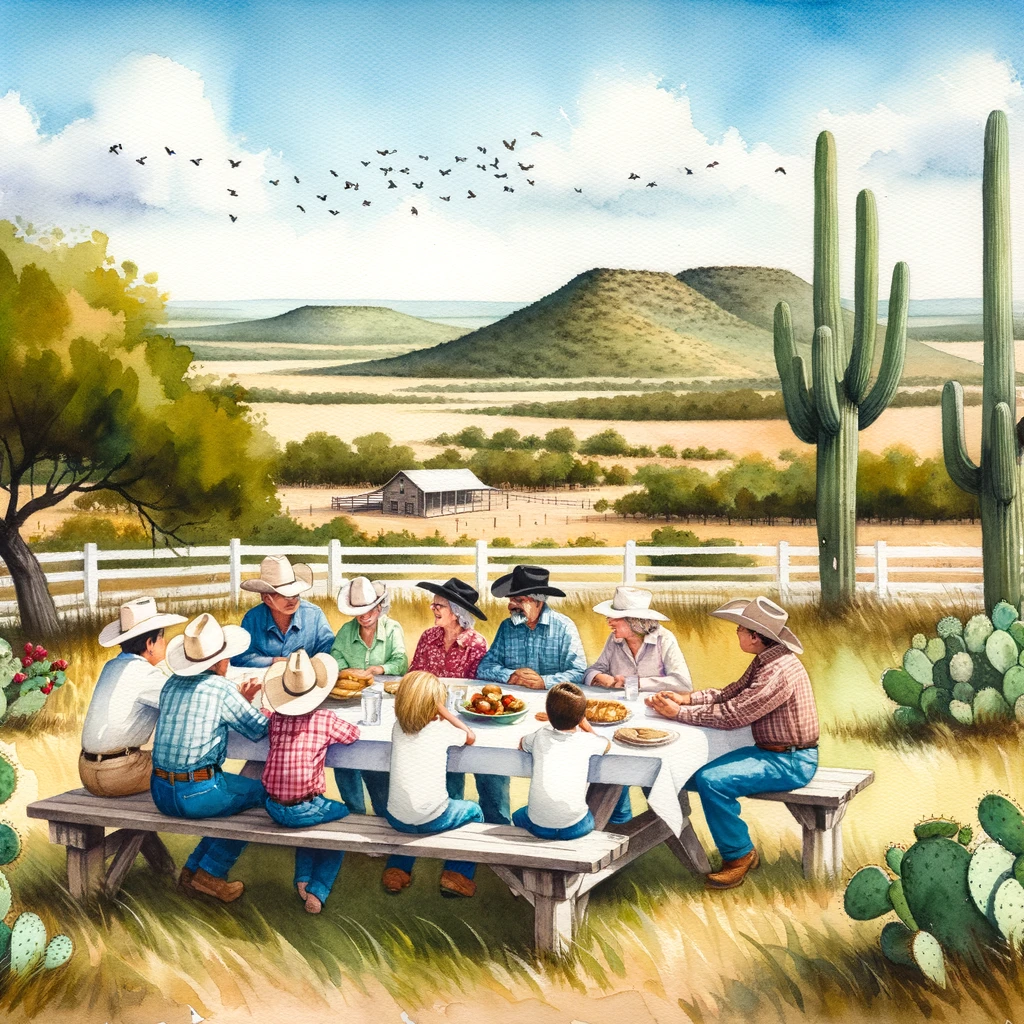We strive to provide you with authoritative, trustworthy, and expert advice. In doing so, the staff at bbqdropout.com performs extensive research, editing, and fact checking to every post on this webiste. If you feel that this article can improve, please feel free to reach us at staff@bbqdropout.com
Before continuing this article, I wanted to let you know that I have a YouTube channel where I showcase all sorts of video content related to BBQ. Subscribing would mean a lot to me, and I very much appreicate all the support!
Mastering the Brisket Stall: Insights from a Central Texan
Growing up in Central Texas, I’ve been surrounded by the rich aroma of smoked brisket for as long as I can remember. Brisket isn’t just a dish here; it’s a legacy.
As someone who has smoked countless briskets, I can tell you there’s one challenge every pit master will encounter: the brisket stall. Let’s delve into this unique phenomenon and how to navigate it.

Understanding the Brisket Stall
During the smoking process, there comes a point when the brisket’s internal temperature lingers between 150°F and 170°F for an extended period.
It might even seem to plateau, showing no signs of rising. Fear not! This is the infamous brisket stall. While it may test your patience, it’s a natural part of the smoking process.
Why Does the Stall Happen?

This stall is primarily due to moisture on the brisket’s surface evaporating, cooling the meat, much like how sweating cools our skin. The brisket won’t rise in temperature until most of this moisture has evaporated.
Overcoming the Stall
- Wrap it Up: To combat the stall, many pit masters wrap their brisket in butcher paper or foil. This technique, often called the “Texas Crutch”, helps trap moisture and speeds up the cooking process. But, be aware, wrapping in foil might soften your brisket’s bark.
- Turn Up the Heat: Another approach is to increase the smoker’s ambient temperature. By doing so, you’re forcing the brisket through the stall. However, this method requires a watchful eye to ensure the meat doesn’t overcook.
- Patience: Of course, you can also do nothing and let the brisket ride out the stall. This will take longer but is often rewarded with a deliciously tender result.
The Double Stall
Yes, there’s more than one potential stall. The first, as mentioned, happens between 150°F to 170°F. As you power through this, approaching 190°F, you might encounter a second stall.

Again, don’t panic. This is another moisture-related plateau. After a while, the temperature will shoot up towards the 200°F mark, signaling your brisket is almost ready.
Addressing Common Questions
- How Long Does the Stall Last?: Typically, the first stall can range from 30 minutes to several hours. The second stall, if it occurs, is generally shorter.
- Should I Wrap My Brisket During the Stall?: Wrapping can expedite the cooking process, but it might affect your bark. Depending on your preference for bark, you can choose to wrap before or after the first stall.
- When Does the Stall End?: Typically, the stall breaks around 170°F. However, each brisket is unique, and other factors like humidity can play a role.
Final Thoughts from a Central Texan
Embrace the stall. It’s a rite of passage for every pit master. Being raised amongst the BBQ pits of Central Texas, I’ve learned that good brisket, like all good things in life, requires patience.

Whether you choose to wrap, increase the heat, or let it ride, the key is to enjoy the process. After all, the journey is as rewarding as the juicy, smoky brisket at the end. Happy smoking!
Robert is a certified Pitmaster, with over a decade of experience in smoking the best meats you’ll ever feast upon. He also has a Bachelor of Business Administration from the University of Texas at San Antonio. When he’s not researching technical topics, he’s most likely barbecuing in his backyard.
